Ogeunnae Dakgalbi (오근내닭갈비)
4.9Km 2017-02-01
15, Ichon-ro 29-gil, Yongsan-gu, Seoul
+82-2-797-0131
Ogeunnae, the old name for Chuncheon, features Chuncheon-style dakgalbi (spicy stir-fried chicken) using only fresh leg meat of chickens which give a soft and elastic texture.
River City Water Ski Resort (리버시티수상스키장)
4.9Km 2024-11-06
37-53 Apgujeong-ro 11-gil, Gangnam-gu, Seoul, Jamwon District 1 in Hangang Park
In 'I Live Alone', it is none other than the Hangang River where SHINee's Key and Minho enjoyed water skiing and 'Pangpang' boat. Necessary equipment can be rented, and water skiing and wakeboarding lessons are also offered, so even beginners can visit without any hesitation. Above all, the most attractive thing is that you can enjoy water sports in downtown Seoul without having to go far. There are shower rooms and changing rooms, as well as a Ramyeon making machine. There is no better delicacy than eating freshly boiled Ramyeon while drying your wet hair after playing in the water.
CheongKwanJang - Dongbuichon Branch [Tax Refund Shop] (정관장 동부이촌)
4.9Km 2024-04-17
1F, 245, Ichon-ro, Yongsan-gu, Seoul
-
Olive Young - Yeonhui Branch [Tax Refund Shop] (올리브영 연희)
4.9Km 2024-04-22
79, Yeonhui-ro, Seodaemun-gu, Seoul
-
Sanullim 1992 (산울림1992)
4.9Km 2024-03-15
60 Seogang-ro 9-gil, Mapo-gu, Seoul
This Korean bar and restaurant serves Korean dishes with nearly 200 types of traditional Korean liquor on offer, including makgeolli (unrefined rice wine), refined rice wine, and distilled liquor. Its food menu includes bean curd with stir-fried kimchi, ox knee soup (soup made by boiling down calcium-rich ox knee), and cabbage wraps with soy sauce braised pork. The signature menu here, however, is “Bansang,” set menus of the customer's choice ranging from No. 1 to No. 5 served on a round dining table. Each number has a different pricing and composition, but all offer new and unique flavors. The savory and crispy cheese and potato pancake goes perfectly with tangy omija makgeolli.
Cafe Nangmanjeok (카페낭만적)
4.9Km 2021-03-19
18, Sinchon-ro, 6-gil, Mapo-gu, Seoul
+82-10-8956-9318
This cafe is located near Hongik Univ. Station, Seoul. The representative menu is espresso. It is a place with a unique interior design, where you can try a variety of beverages.
Saenamteo Catholic Holy Place of the Martyrs (새남터기념성당)
5.0Km 2020-03-31
80-8, Ichon-ro, Yongsan-gu, Seoul
+82-2-716-1791
When taking the subway from Seoul Station to Yongsan Station, you will notice a tall and distinct hanok (traditional Korean architecture) building; this is Saenamteo Catholic Holy Place of the Martyrs. Construction of the building began in 1984, the year of the 200th anniversary of Catholicism in Korea, and was completed after three years.
Also called "Nodeul" and "Sanamgi," Saenamteo was used as a military training ground during the early Joseon period. It was also the place
where convicted felons and the Sayuksin (the six martyred ministers) were executed.
Many Catholics were executed here during the Sinyu Persecution of 1801, the Gihae Persecution of 1839, the Byeongo Persecution of 1846, and the Byeongin Persecution of 1866. Among those executed were 11 priests including the first Korean priest Kim Taegon (Andrew), the first Chinese priest that came to Korea Ju Mun Mo (Jacobus), the first French priest that came to Korea Bishop
Imbert and other Catholics including Hyeon Seok-mun. There is also an altar here where the remains of nine Catholic saints are enshrined.
SU KARA MARKET (수카라)
5.0Km 2021-06-30
157, Wausan-ro, Mapo-gu, Seoul
+82-2-334-5919
It is a store where you can take out various sauces and desserts. This cafe is located in Mapo-gu, Seoul. The most famous menu is dessert.
Homeplus - Dongdaemun Branch [Tax Refund Shop] (홈플러스 동대문)
5.0Km 2024-04-23
133, Cheonho-daero, Dongdaemun-gu, Seoul
-
Seoul Yangnyeongsi Market (서울 약령시장)
5.0Km 2021-06-09
10, Yangnyeongjungang-ro, Dongdaemun-gu, Seoul
+82-2-969-4793
"Yangnyeongsi," which literally means medicine city district, refers to a central Oriental medicine district formed near major cities where medicinal herbs are collected and produced. Yangneongsi were first established by royal order during the Joseon dynasty for the purpose of effective production, distribution and management of medicinal products and herbs.
Seoul Yangnyeongsi Market history is relatively short, having formed naturally in the mid-1960s by medicinal herb merchants who gathered here seeking to sell their products with the city bus terminal and Cheongnyangni Station as their central base. Originally, these merchants came to Seoul through the old Seongdong Station and Chyeongnyangni Station after the Korean War, seeking to sell medicinal herbs and vegetation products that were cultivated and collected in the Gyeonggi-do and Gwangwon-do regions. This small market that was once open on an empty plot of land was later authorized as an official market establishment. Road and railroad developments between Gangwon-do and Seoul were followed and by the 1970s, the market grew into what is now seen today. The name Seoul Yangnyeongsi Market was given by the Seoul mayor in 1995.
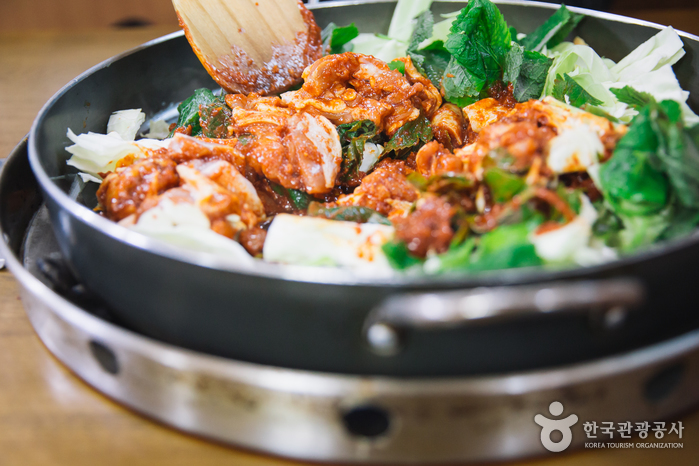

![CheongKwanJang - Dongbuichon Branch [Tax Refund Shop] (정관장 동부이촌)](http://tong.visitkorea.or.kr/cms/resource/24/2888324_image2_1.jpg)
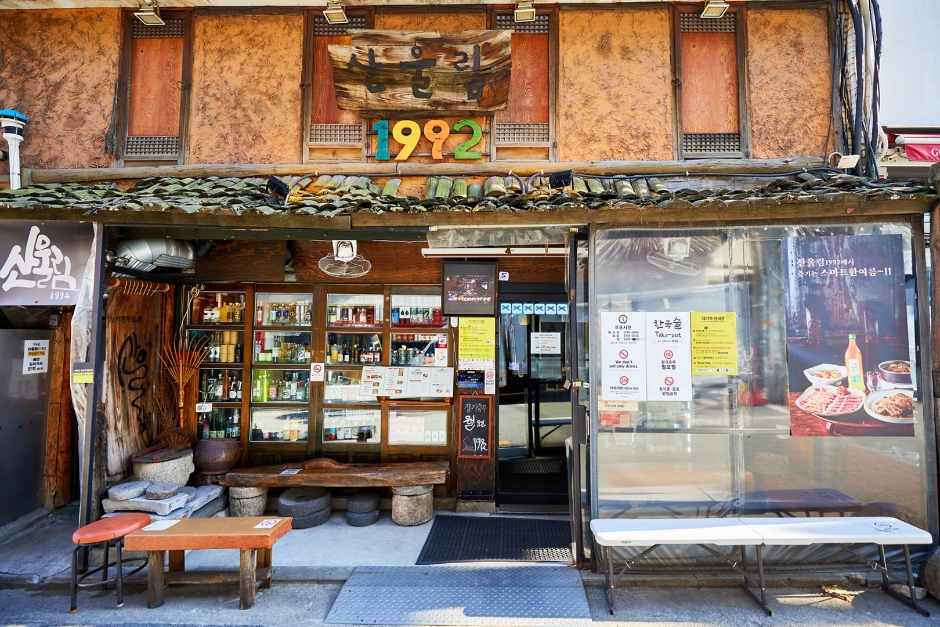
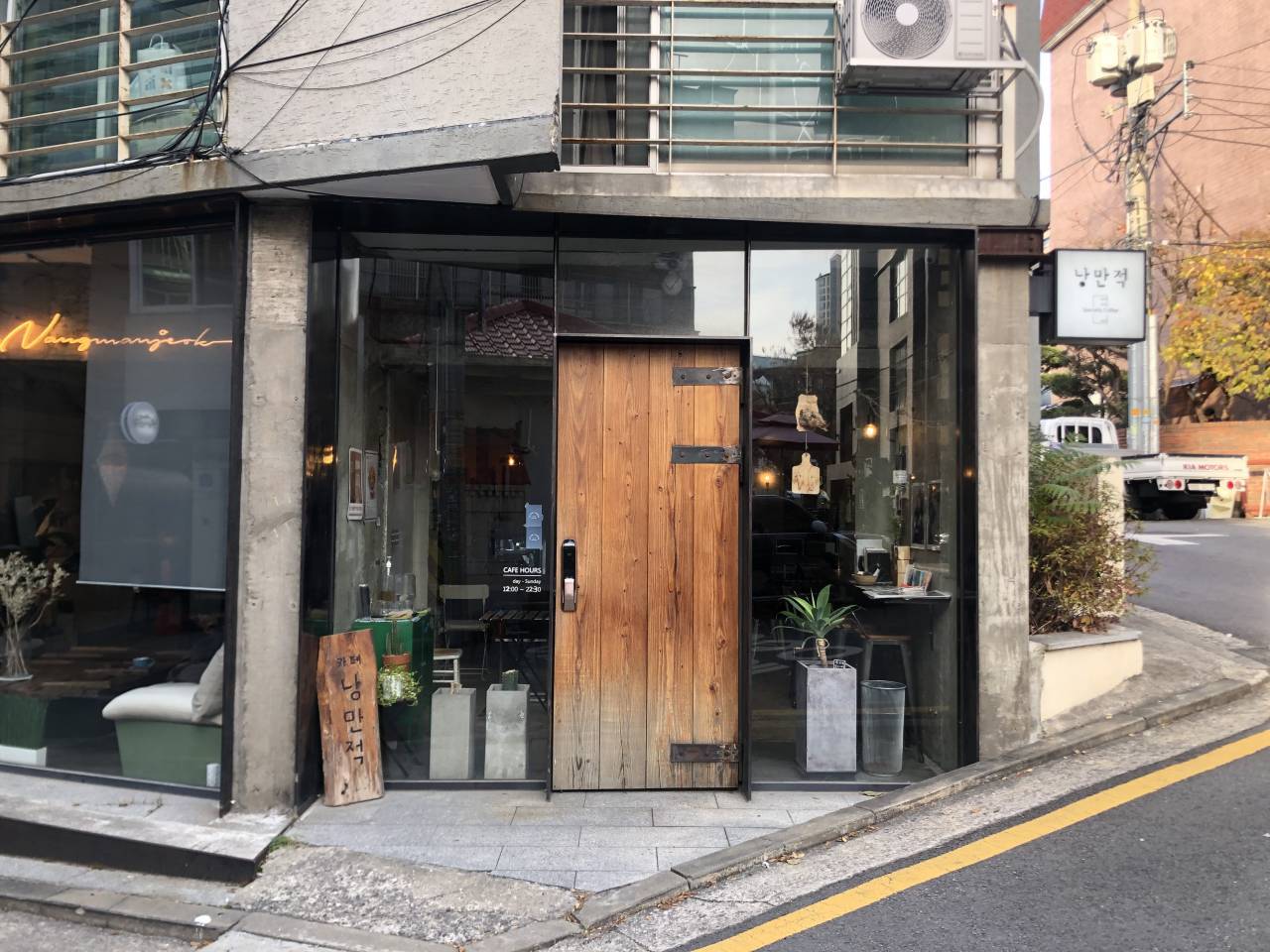
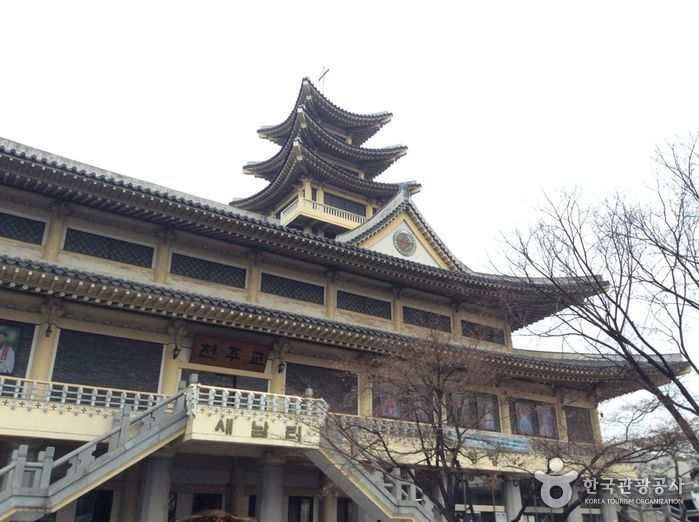
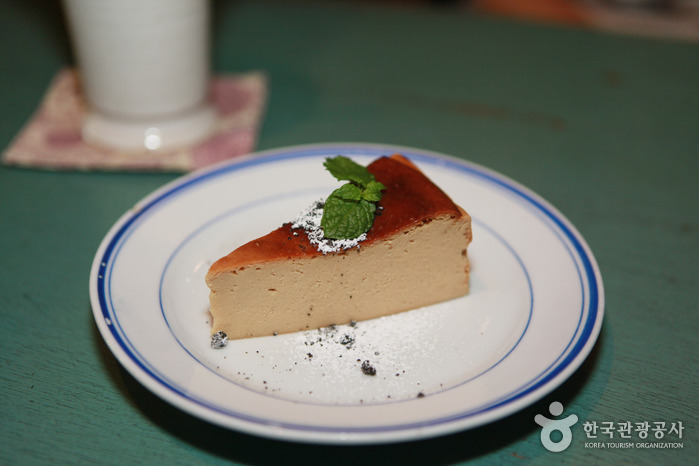
 English
English
 한국어
한국어 日本語
日本語 中文(简体)
中文(简体) Deutsch
Deutsch Français
Français Español
Español Русский
Русский